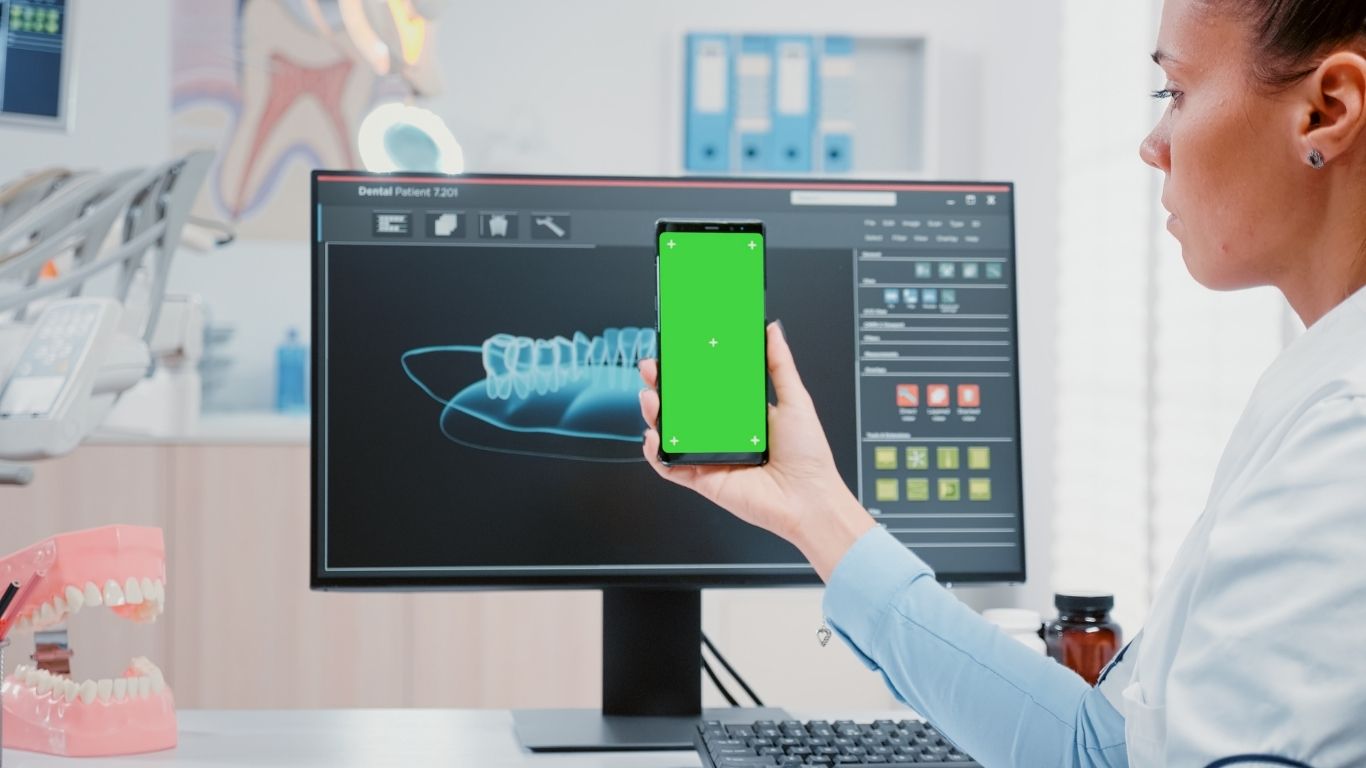The D4266 dental code is part of the American Dental Association’s (ADA) code system, used to describe various dental procedures, especially those related to periodontal treatments. It’s essential to understand this code if you’re a dentist, dental office administrator, or even a patient who might need this treatment. In this article, we’ll dive deep into what the D4266 code refers to, how it is used, its significance, and how it affects both dental professionals and patients.
What is the D4266 Dental Code?
The D4266 dental code specifically refers to the “osseous grafting procedure”—a treatment aimed at rebuilding lost bone structure. This procedure is often required for patients with severe periodontal disease, where the bone structure surrounding teeth is compromised.
The Basics of D4266
-
D4266 refers to an osseous grafting procedure.
-
It involves the use of grafting material to regenerate bone tissue lost due to disease or trauma.
-
Commonly used in advanced periodontal disease treatments.
When is D4266 Used?
-
The D4266 code is most often applied when a dental professional performs a bone grafting procedure to treat severe periodontal disease.
-
It’s used for reconstructing lost bone around teeth, which helps to stabilize the teeth and prevent further bone loss.
Who Needs the D4266 Procedure?
-
Patients who suffer from significant bone loss due to periodontal diseases or other factors.
-
Those who require bone regeneration to support future dental implants.
Key Factors in the D4266 Procedure
The D4266 procedure involves several key factors that both patients and dental professionals must be aware of to ensure proper treatment and billing.
Bone Grafting Materials
-
Allografts: Bone grafts from a donor.
-
Xenografts: Bone grafts from an animal source, typically bovine.
-
Autografts: Bone taken from the patient’s own body.
Each type of graft has its own pros and cons, which can affect healing time and the overall success rate of the procedure.
The Procedure
The procedure is performed under local anesthesia. The dental professional will first clean the affected area, remove any diseased tissue, and then place the grafting material into the affected area. This material encourages the regeneration of bone tissue.
Recovery and Healing
After the D4266 procedure, patients will need time to heal. This can vary depending on the patient’s overall health and the type of graft used. Generally, it takes several months for the bone graft to fully integrate into the surrounding bone.
Billing and Insurance Coverage for D4266
Billing for the D4266 dental code can be a bit complex, especially when dealing with insurance companies. Here’s what you need to know:
Insurance and Coverage
-
Dental insurance may cover part or all of the cost of the D4266 procedure.
-
Patients should verify with their insurance provider if bone grafting is covered under their plan.
-
Many insurance providers may require pre-authorization before proceeding with the D4266 procedure.
Costs of D4266
The cost of the D4266 procedure can vary significantly based on factors such as the severity of the condition, the type of grafting material used, and the location of the dental practice. Typically, the procedure can cost anywhere from $500 to $3,000 or more.
The Significance of D4266 in Periodontal Treatment
Restoring Bone Structure
The main goal of the D4266 procedure is to restore bone structure lost due to periodontal disease. This is important for preventing further tooth loss and for the overall health of the patient’s mouth.
Preventing Further Tooth Loss
Without bone support, teeth can become loose and may eventually need to be extracted. The D4266 procedure helps to stabilize teeth, making it an essential step in periodontal care.
Enabling Future Dental Procedures
For patients needing implants, the D4266 procedure provides the foundation necessary for a successful implant. Without adequate bone support, implants are unlikely to be successful.
Why is D4266 Important for Dental Professionals?
For dentists and oral surgeons, understanding and correctly using the D4266 code is essential for accurate billing and proper treatment. Misusing the code can lead to insurance disputes and potential legal issues. Additionally, it is important to stay updated on any changes in the ADA coding system to ensure compliance and maximize reimbursement.
Proper Documentation
-
Dentists must provide detailed records of the procedure, including the materials used and the condition of the patient.
-
Documentation is key for both the success of the treatment and for billing purposes.
Staying Updated
Dental codes can change, so it’s important for dental professionals to stay informed about updates in coding practices.
Frequently Asked Questions (FAQs)
What does the D4266 dental code represent?
The D4266 dental code refers to an osseous grafting procedure, which is used to rebuild bone that has been lost due to periodontal disease.
Who needs the D4266 procedure?
Patients suffering from severe periodontal disease and significant bone loss around teeth may need the D4266 procedure.
What materials are used in D4266 procedures?
Materials used include allografts, xenografts, and autografts, depending on the specific needs of the patient.
Is the D4266 procedure covered by insurance?
Many insurance plans may cover the procedure, but it’s essential to verify with your provider before proceeding.
How long does recovery take after a D4266 procedure?
Recovery can take several months, depending on the patient and the grafting material used. Full integration of the bone graft typically takes time.
Can D4266 help with dental implants?
Yes, the D4266 procedure helps restore bone structure, which is essential for the successful placement of dental implants.
Conclusion
The D4266 dental code is crucial in the world of periodontal treatment, especially for patients experiencing significant bone loss. Whether you’re a dental professional or a patient, understanding the procedure, its importance, and its implications can help ensure that treatments are carried out effectively and correctly. From the materials used to the recovery process, each aspect of the D4266 procedure plays a vital role in restoring oral health and preventing further complications.
